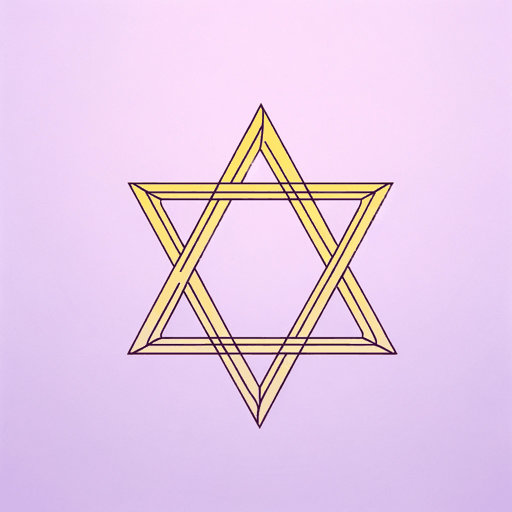46 pages • 1 hour read
Lucy AdlingtonThe Dressmakers of Auschwitz: The True Story of the Women Who Sewed to Survive
Nonfiction | Biography | Adult | Published in 2021A modern alternative to SparkNotes and CliffsNotes, SuperSummary offers high-quality Study Guides with detailed chapter summaries and analysis of major themes, characters, and more.
Summary and Study Guide
Overview
The Dressmakers of Auschwitz: The True Story of the Women Who Sewed to Survive delves into a little-known aspect of the Holocaust: the existence of a couture salon within the Auschwitz concentration camp. Published in 2021 and authored by Lucy Adlington, the nonfiction book contributes new information to the historical record of the camp and its victims. In researching the book, Adlington conducted firsthand interviews with some of the survivors and drew on her knowledge as a clothing historian. Specializing in costume design of the 19th and 20th centuries, Adlington is also a collector of costumes and antique clothing. She has also authored historical fiction centering on World War II, including the young adult novel The Red Ribbon, which offers a fictionalized account of the events depicted in The Dressmakers of Auschwitz. This guide references Harper Collins’s first publication.
Content Warning: This text references acts of racism and violence that occurred during the Holocaust, including murder and sexual assault, as well as suicidal ideation.
Summary
The book follows a group of European Jewish women who worked at the “Upper Tailoring Studio” at the Auschwitz concentration camp. Chapter 1 introduces Bracha Berkovič, Irene Reichenberg, Marta Fuchs, and Hunya Volkmann, all of whom spent at least part of their youth living in Bratislava, Czechoslovakia. Bracha and Irene, both born in the early 1920s, were schoolmates; Irene would meet Marta (born in 1918) when her brother married Marta’s sister, and Bracha became acquainted with Hunya (born in 1908) after meeting her younger sister in a Zionist youth group. Meanwhile, Rudolf Höss joined the SS and became a block leader at the Dachau concentration camp. Nazi expansion resulted in the 1938 annexation of parts of Czechoslovakia.
Jewish businesses played a key part in Europe’s prewar clothing industry. As the Nazis rose to power, they targeted these businesses with propaganda and eventually with the violence of Kristallnacht. The looting that took place over these two days in 1938 was part of a broader effort to seize the wealth of Jewish businesses to fund the Nazi war effort. Around this time, Hunya, who had been working as a dressmaker in Leipzig, began making plans to leave Germany. Irene and Marta were still in Bratislava, where the latter worked at a fashion salon.
The women faced an increasingly hostile atmosphere by 1939, when the final vestiges of Czechoslovakia gave way to the Nazi client-state of Slovakia; by 1941, legislation required all Jews to wear a yellow Star of David. The takeover of Jewish businesses continued and relocations to ghettos began; the forced labor extracted from ghetto residents produced clothing that factory owners disingenuously claimed was “Jewish-free.” In early 1942, Germany demanded that Slovakia deport hundreds of thousands of laborers to concentration camps, and young women like Irene and Bracha were among those targeted. Hunya, who had remained in Germany, was sent to Auschwitz in early 1943 months later. When the women arrived, they were stripped of their clothing and shaved—a humiliating and dehumanizing process.
Most of the women initially did hard labor in Auschwitz, although even less physically demanding jobs were grueling; Bracha, for instance, was assigned to sort the possessions of camp inmates, including those who had just died in the gas chambers. Sickness—particularly typhus—was a constant threat, and Irene’s sister died in an outbreak. Meanwhile, the camp’s commandant, Höss, led a life of luxury alongside his wife, Hedwig. Hedwig was fond of fashion, and when she learned that Marta—who had been working as a servant in the Höss home—was a skilled seamstress, she appointed Marta as her personal dressmaker and then as the head of the Upper Tailoring Studio.
The salon, opened in 1943, produced clothing for SS officers and their wives before expanding its clientele to other wealthy Germans. As the overseer, Marta used her position to secure appointments for Bracha, Hunya, Irene, and other acquaintances. The work brought with it relative privilege, and it restored some sense of self to the women, buoying their spirits. It also facilitated resistance; Marta, for example, visited the camp warehouses to secure sewing supplies and was therefore able to procure items for prisoners hoping to escape.
As the war drew to a close in 1945, the Nazis evacuated Auschwitz at gunpoint; Marta split off from the main group, narrowly avoiding being shot and killed. Hunya and Bracha were transported from camp to camp until Germany’s final surrender, at which point Soviet soldiers discovered them. Hedwig evaded the death or imprisonment that many other high-ranking Nazi wives faced—possibly by informing on her husband, whom the Allies captured and executed.
By varying means, the women slowly made their way back to Czechoslovakia, reuniting with one another and with surviving family members. Marta opened a salon and employed Bracha and Hunya; other women, like Irene, would eventually emigrate. Though many went on to marry and have families, they all struggled with memories of Auschwitz—especially with the knowledge that their forced labor had contributed to the German war effort. As the book draws to a close, Adlington describes an interview with Bracha, who was her primary source and who passed away around the time of the work’s publication.

